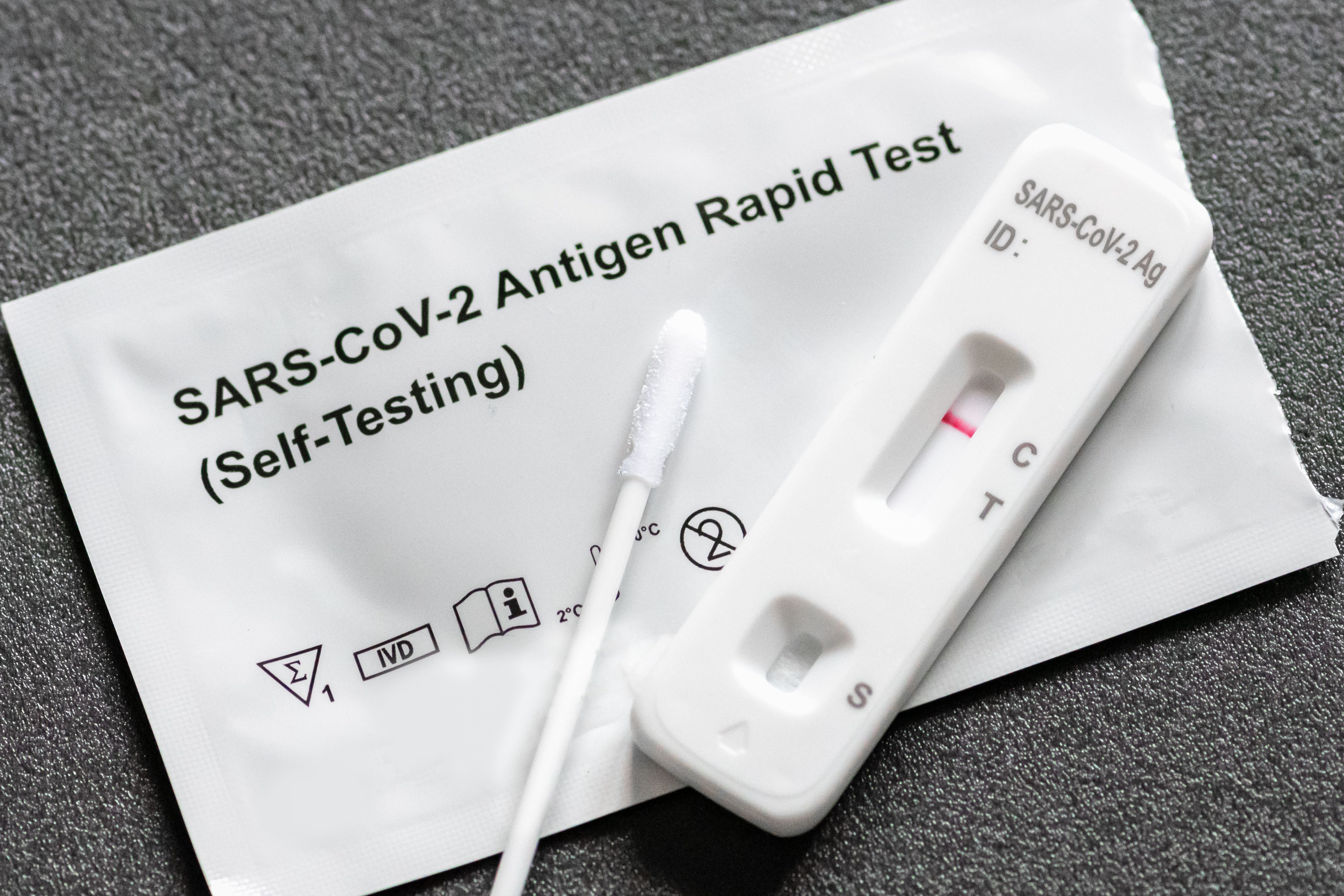How Many COVID-19 Infections Go Unreported Due to At-Home Testing?
The vast majority of COVID-19 infections are diagnosed at home, with rapid antigen tests. How has this affected public reports of COVID-19 prevalence?

Rapid and reliable COVID-19 testing is crucial to stop the spread. Throughout the pandemic, testing centers have reported their results to local or state public health departments, sharing vital information about COVID-19 viral strains and incidence rates.
However, the increased prevalence of at-home rapid antigen tests makes it more complicated to interpret time trends in officially reported COVID-19 case counts and test positivity. A recent JAMA study sought to collect data on the frequency and results of at-home COVID-19 testing.
The investigators utilized the COVID-19 Citizen Science Study for their research. Launched in March 2020, the cohort study invited participants by word of mouth, social media, email, telephone, or patient portal. The study participants provided informed consent and baseline information, self-reporting race and ethnicity to help the investigators analyze demographic differences in unreported rest frequency and test positivity.
Each week, participants reported their recent COVID-19 testing and test results. In March 2022, the investigators asked participants to distinguish whether they tested with a “Fully at-home test kit, with my own sample collection and reading of my own results” or whether “a health care provider collected my sample” and sent it to a clinical laboratory.
To compare the self-testing with nationally reported COVID-19 testing, the investigators downloaded data from the Johns Hopkins Coronavirus Resource Center on August 15, 2022. They plotted averages of total daily tests and test positivity, fitting mixed logistic models with a random intercept for each participant. The participants’ testing data were controlled for time of test and demographic characteristics.
A total of 102591 US participants enrolled in the study, 18% (n = 18642) of whom reported completing at least 1 COVID-19 diagnostic test from March 16-August 15, 2022. Of the 18546 participants who submitted demographic information, the majority were female (67.8%; n = 12568) and non-Hispanic White (82.1%; n = 15231). The average age was 55 years.
During this study period, the proportion of COVID-19 tests conducted at home increased from 60% to more than 80%. From March until June 2022, the percentage of positive at-home tests was similar to that of officially reported tests. After June, at-home tests began to yield lower positivity rates than official tests.
Younger, female, non-Hispanic White individuals with higher social status were more likely than other participants to test for COVID-19 at home. However, positive at-home test results were most frequent among men and young adults.
The results of this cohort study suggest home testing became increasingly common through Spring and Summer 2022. Home test positivity tracked relatively closely with national data from reported tests, but these trends are beginning to diverge. The findings confirm official case counts underestimate the true number of COVID-19 infections.
